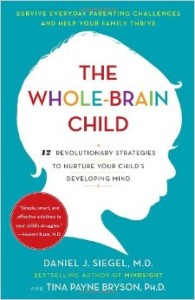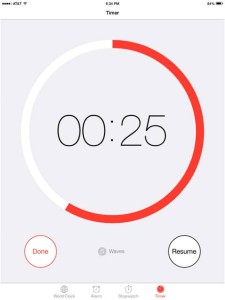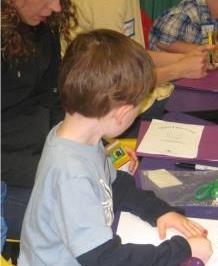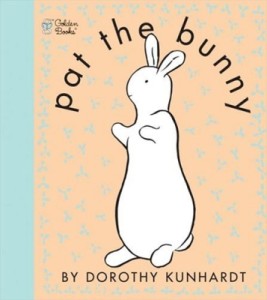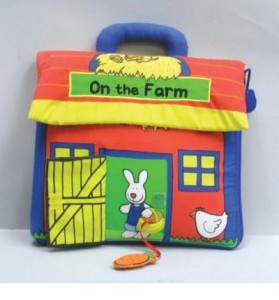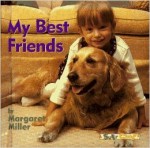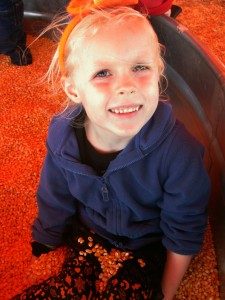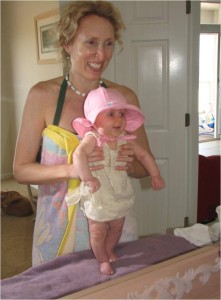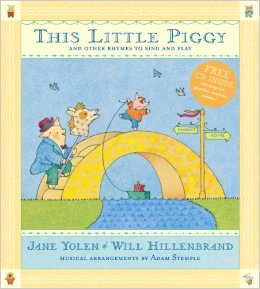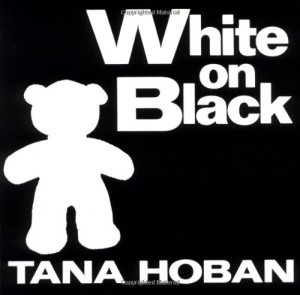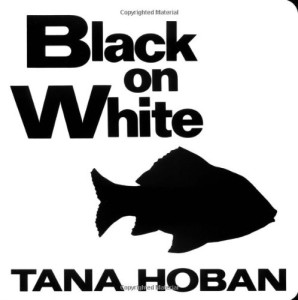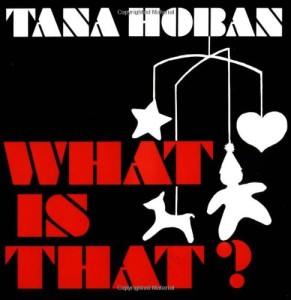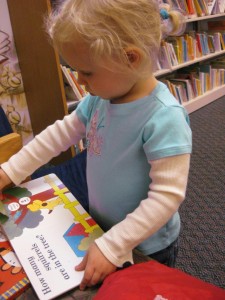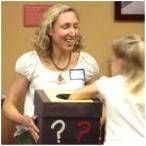As your child’s school year ends, your child might begin to realize differences in her abilities compared to her peers. She might say, “I’m never going to be a good reader! All my other friends know how. I just can’t do it.”
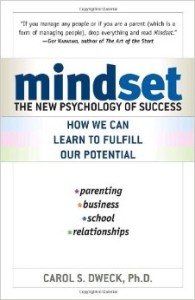 After listening to a great audio book called Mindset: the New Psychology of Success by Carol S. Dweck, I recognize the importance of our children having a growth mindset and believing in their abilities. With a growth mindset, children recognize that success is within their power. By working harder and smarter, they can change the outcomes in their life. As a reading specialist, teacher and parent, I see this with my students and own child. Something is challenging, so they think that they are just not smart or something is wrong with them. Without encouragement, they may decide that they can never overcome the challenge.
After listening to a great audio book called Mindset: the New Psychology of Success by Carol S. Dweck, I recognize the importance of our children having a growth mindset and believing in their abilities. With a growth mindset, children recognize that success is within their power. By working harder and smarter, they can change the outcomes in their life. As a reading specialist, teacher and parent, I see this with my students and own child. Something is challenging, so they think that they are just not smart or something is wrong with them. Without encouragement, they may decide that they can never overcome the challenge.
When teaching your child to become a reader you are also teaching her to become a lifelong learner. Learning to read is how she will expand her ability to learn.Your younger child may be just starting to learn the many rules of reading and spelling. You might reassure her, “Even though you didn’t do so well on your spelling test, you can work harder and study more and then do better on the next spelling test.” Your older child may have challenges, too. Maybe she did not do as well as she thought on her book report. You can remind her, “Now you know that it might take more than just one night to complete a satisfactory report.”
Through this conversation with your child, you are teaching her that she can learn and change her behavior. That is how the growth mindset works – your child realizing that she has the ability to change and grow though her efforts.
What are some examples of ways you have helped instill a growth mindset with your child?






